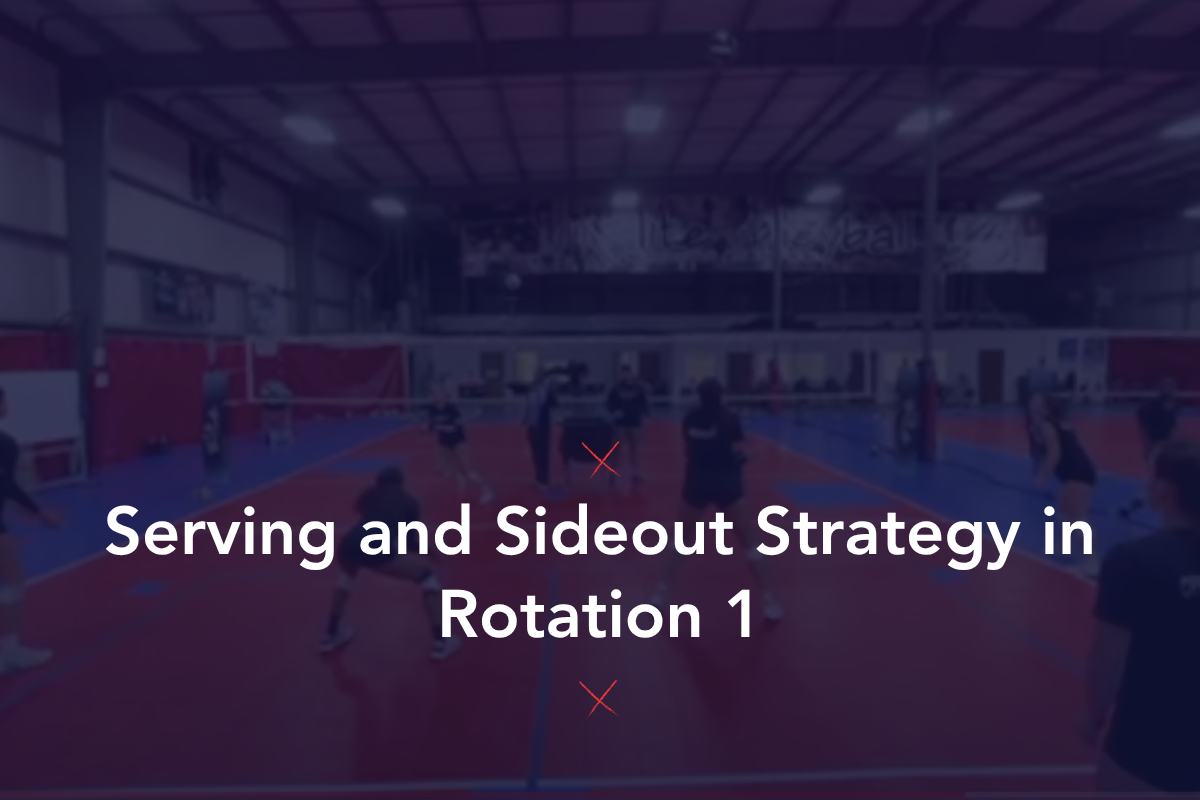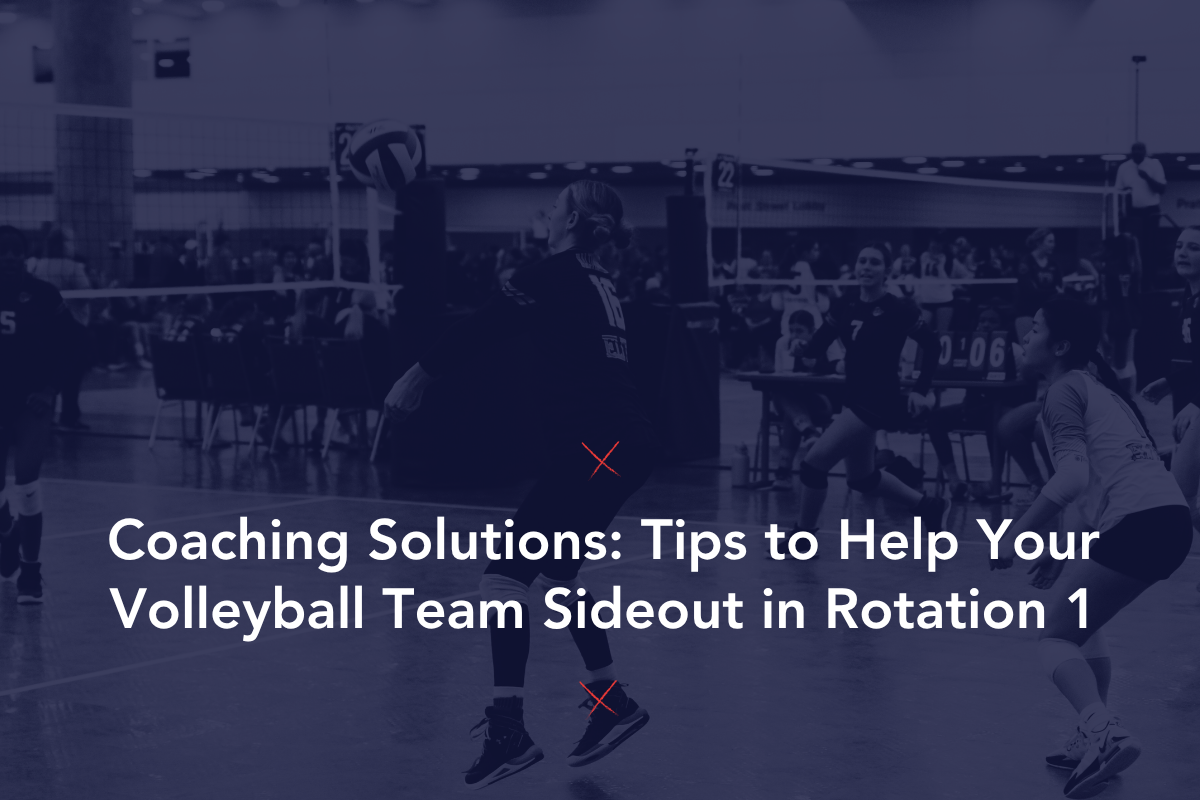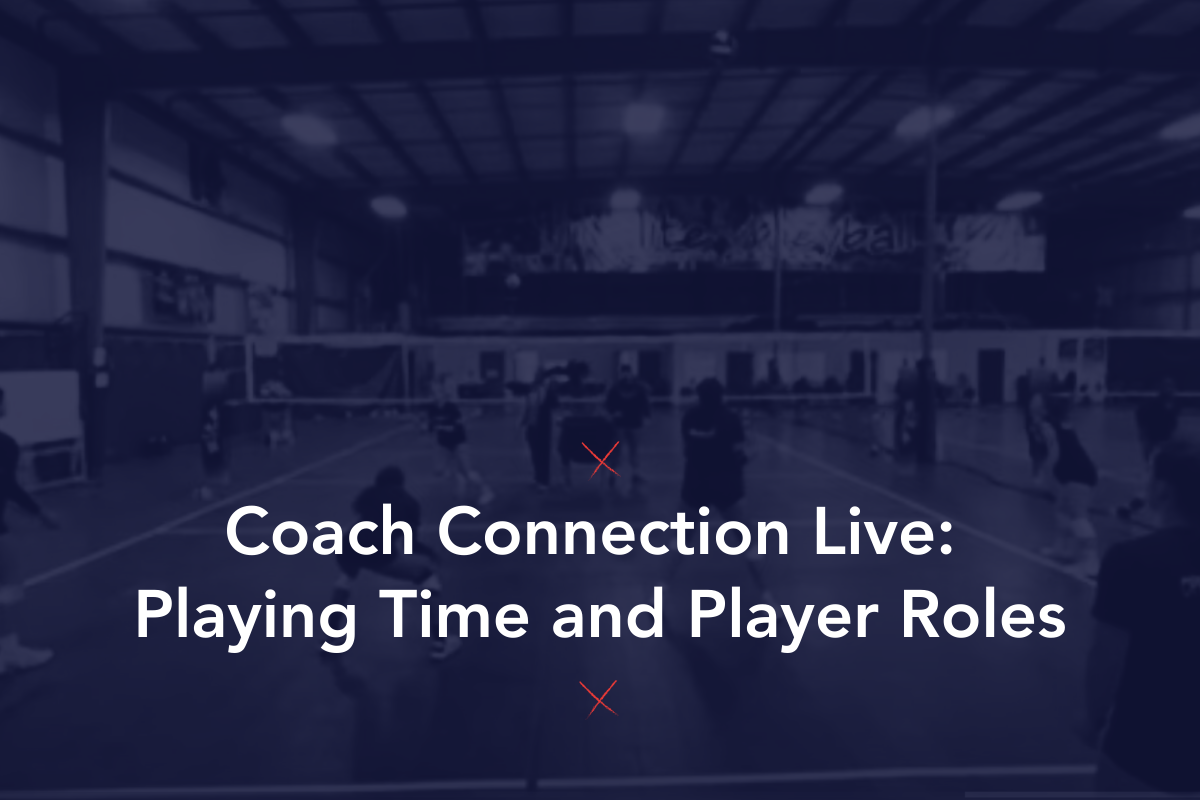Regardless of the Offensive System you run (5-1, 6-2, 4-2), your line-up will be the same. The difference lies in whether you repeat the 3 hitter rotations (1 -3) or the two hitter rotations (4-6). In a 5-1, you will do all six rotations.
Rotation 1 is always the rotation when the setter is serving. It does not matter whether your setter is the first server or last.
The rotations below represent rotations 1 – 6. The net is towards the top of the page.
Net

Rotation 1
Statistically speaking rotation 1 has historically the lowest sideout percentage. This is typically the only rotation where a left side attacker is not attacking out of left front. However, a solution that many teams have found helpful is stacking all three front row players on the left side of the court. This will allow the outside attacker to attack out of left front immediately. For teams that struggle to get in system, this is a good option.


Rotation 2
Rotation 2 is one of the few rotations that offers little flexibility in serve receive adjustments that can be made to relieve poor passing. The variations below offer an alternative to get a middle attacker hitting off one foot if that is something your MB2 is capable of.


Rotation 3
Rotation 3 brings the stronger middle attacker to the front row. It also places the opposite in the right front position, so there is very little movement that must take place in the serve receive attacking routes.

Rotation 4
Rotation 4 is the start of the two hitter rotations. The two hitter rotations bring a lot of flexibility in serve receive patterns. Bringing a defensive specialist in for your opposite can help relieve the front row outside from having to pass and attack out of serve receive.


Rotation 5
Rotation 5 brings the best outside attacker to the front row. If you choose to bring a defensive specialist into the back row for your opposite, you can leave your front row outside out of the serve receive pattern. The alternative serve receive formation below shows how you can get a middle off one foot behind the setter out of serve receive.


Rotation 6
Rotation 6 has little variation in the setup of the front row attackers. However, it does offer a lot of flexibility in your three primary passers.

View more game management resources.
This resource was provided by Travis Fuller, Club Director at The Academy Volleyball Club (Indianapolis, IN), a member of the Junior Volleyball Association, a nonprofit with 1,600 clubs that is focused on improving the junior volleyball experience for volleyball directors, coaches, players and fans.











